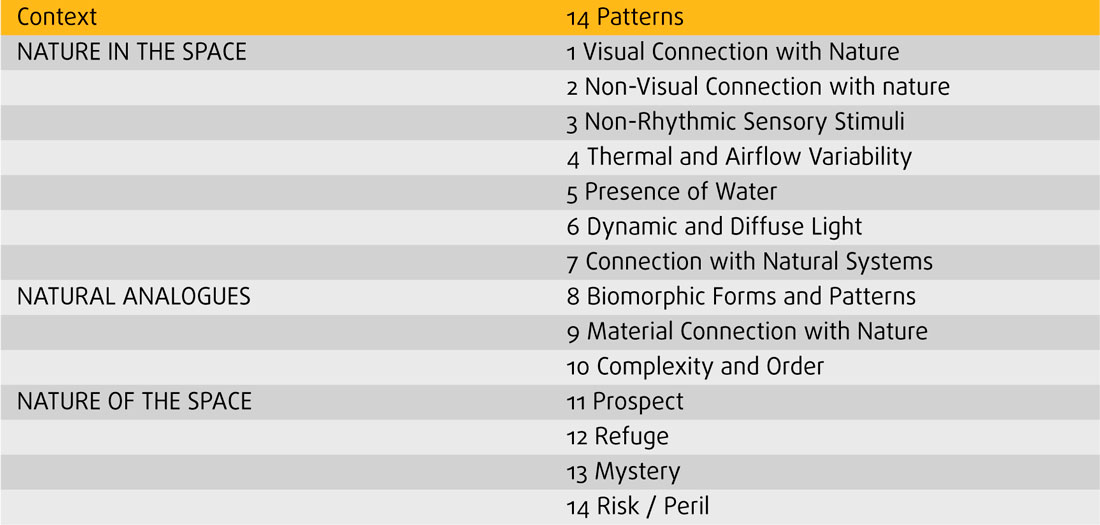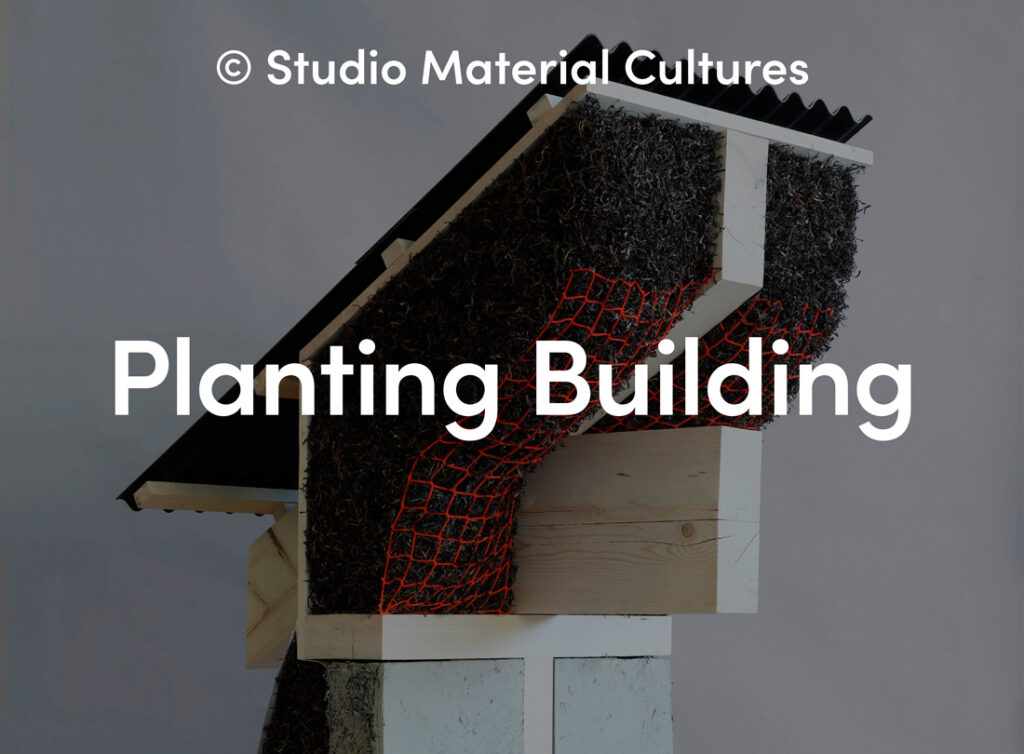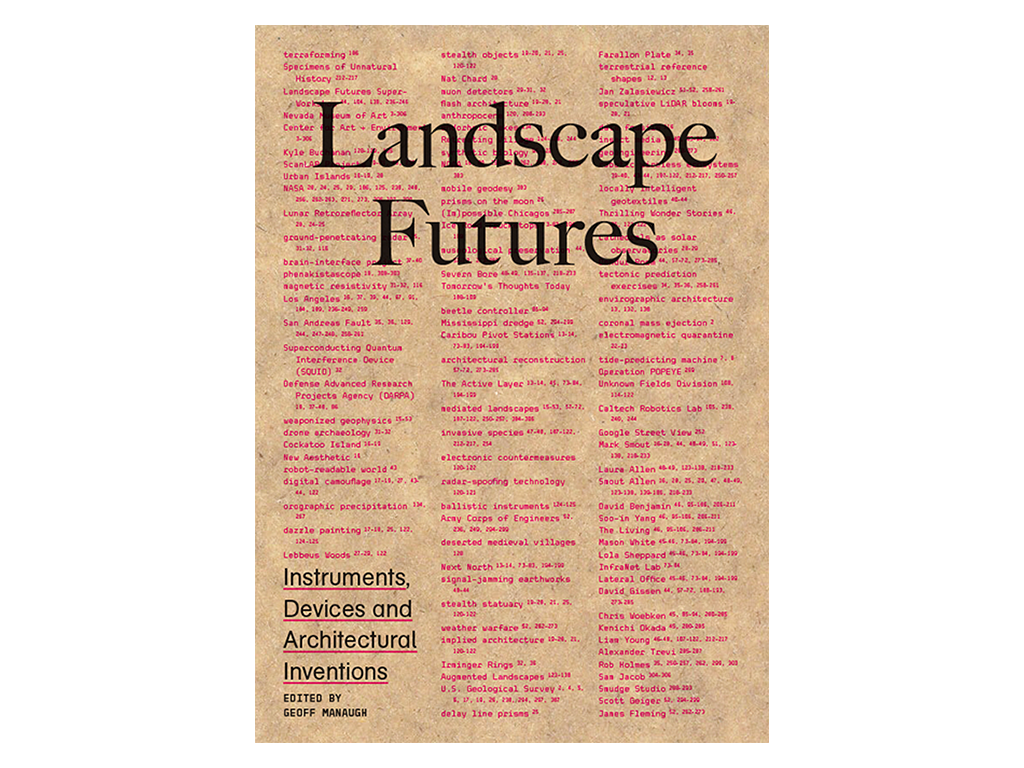In 1984 E.O. Wilson (1984) introduced and popularized the Biophilia hypothesis defining biophilia as “the urge to affiliate with other forms of life” (Kellert & Wilson 1995: 416). Wilson’s biophilia hypothesis suggests that there is an instinctive bond between human beings and other living systems. More recently, in the USA, Browning et al. (2014) have proposed ‘14 Patterns of Biophilic Design’ within a framework for linking the human biological sciences and nature to built environment design offering a series of tools for enriching design opportunities, and avenues for design applications as a way to effectively enhance the health and well-being of individuals and society. While biophilia is the theory, biophilic design as advocated by Kellert et al. (2008) and Beatley (2010) internationally offers a sustainable design strategy that seeks to reconnect people with the ‘natural environment’. Overall, from what little research has been undertaken internationally in the last 10 years, there is a solid understanding as to the applied application of this theory, its principles and processes to built environment design and no research about to how to retrofit the existing urban fabric using this approach. This paper reviews the application of biophilic design in Australia, including the scope of design, health and wellbeing literature, the ‘14 Patterns of Biophilic Design’ and performative measures now unfolding, brings forward a new Biophilic Design Pattern, and considers the value the approach offers to built environment practice as well as to human and non-human occupants.
1 Introduction
Rapid urbanisation is resulting in dense, overpopulated built environments dominated by buildings and the hard infrastructure that services them. One of the negative outcomes of urbanisation is the exclusion of living elements – our nature-informed cultural landscape within the Anthropocene epoch – with the result that humans are increasingly disconnected from living elements, with devastating effects on wellbeing and health, both for humans and remaining living environments. In Last Child in the Woods, Louv (2008: 99) highlighted this pattern concluding that as a result of city living the ‘nature disconnect’ is effecting our children and that today’s kids are suffering from ‘nature deficit disorder’. Children in cities have little or no access to ‘nature’ and cannot explore outdoors, resulting in the majority of their formative lives being spent indoors, in front of a TV or computer, resulting in overweight, sedentary children, physical health issues, and various psychological disorders.
Despite this acknowledged problem, modern building and engineering accomplishments have fostered the perception that humans do not need ‘nature’ and living systems, and that humans are ‘above nature’ (echoing anthropocentrism), resulting in the belief that humans can transcend their natural and genetic heritage (Roös, 2016). This dangerous illusion is giving rise to a global civilisation where the design and construction of the built environment encourages technologically driven over-exploitation and the separation of people from ‘natural’ or living systems as the habitat strategy of the modern world. The actual result is an urbanised world of unsustainable energy and resource consumption, extensive air and water pollution, widespread climate alteration, waste generation, unhealthy indoor and outdoor environments, and an increasingly unhealthy global population (Kellert et al., 2008: vii).
Biophilia supports the proposition that urban environments need to be integrated with ’nature’ for reasons of psychological health as well as environmental fit:
Over thousands of generations the mind evolved within a ripening culture, creating itself out of symbols and tools, and genetic advantage accrued from planned modifications of the environment. The unique operations of the brain are the result of natural selection operating through the filter of culture. They have suspended us between the two antipodal ideas of nature and machine, forest and city, the natural and artifactual, relentlessly seeking, in the words of the geographer Yi-Fu Tuan, an equilibrium not of this world (Wilson 1984: 12).
A growing body of scientific study indicates that humans need daily contact with nature to be productive and healthy, have evolved as part of nature, and are interdependent and interconnected to nature and other forms of life (Beatley, 2011). This connection to ’nature’ can be defined as comprising “…[an] innately emotional affiliation of human beings to other living organisms. Innate means hereditary and hence part of ultimate human nature” (Kellert & Wilson, 1993).
Taking biophilic design to the city scale, Beatley (2010) has evidenced the validity of this approach pointing to numerous exemplars and precedents that can enable the successful implementation of this process, supporting the following definition of a Biophilic City: “Biophilic cities are cities of abundant nature in close proximity to large numbers of urbanites; biophilic cities are biodiverse cities, that value, protect and actively restore this biodiversity; biophilic cities are green and growing cities, organic and natural” (Beatley 2010).
2 Biophilia and biophilic design
2.1 Biophilia
Biophilia is “the inherent human inclination to affiliate with nature” (Kellert & Calabrese 2015: 3). Wilson (1984) popularised this term (that originated with Fromm) in exploring “the need for nature” premise as a hereditary human behavioural trait. The relationship between aesthetics and human comfort has been debated for millennia. It has been treated with guidelines, commentaries, codes and prescriptions that link one or another part of human wellbeing to visual and/or other stimuli. Exploration and elucidation of the connection between aesthetics and nature reaches back to the ancient Greeks and mysteries of sacred geometry and the divine proportion. The concept of biophilia extends this philosophical enquiry about nature and aesthetics scaffolding scientific support for its validity.
2.2 The practice of biophilic design
While biophilia is the theory, biophilic design as advocated by Kellert et al. (2008) and Beatley (2010) internationally involves a process that offers a sustainable design strategy that incorporates reconnecting people with the natural environment. Beatley has evidenced the validity of this approach in Biophilic Cities (2010) for pointing to numerous exemplars and precedents that can enable the successful implementation of this process. He has advocated putting the biophilia hypothesis into practice at an urban scale, proposing the essential elements of a biophilic city and tabling examples and stories about cities that have successfully integrated biophilic elements. In Green Urbanism Down Under (2008) Beatley and Newman, sought to answer ‘what can Americans learn from Australians about “greening” city life?’; reviewing the current state of built environment ‘sustainability practice’ in Australia and what lessons that USA residents could learn from the best Australian programs and initiative.
On health and wellbeing, Ryan et al. (2014) has validated relevance of biophilic design to humans whereby research in the neurosciences, endocrinology and other fields have scientifically validated the positive psychophysiological and cognitive benefits afforded by biophilia in design interventions. In the built environment sector, Söderlund and Newman (2015) have proposed a new set of design principles and practices where nature needs to play a bigger part called ’biophilic architecture’ asserting that humans have an innate connection with nature that can assist to make buildings and cities more effective human abodes. Söderlund (2015) has also concluded that biophilic design is emerging as a social movement, and Downton, Jones and Zeunert (2016) have sought to apply biophilic design patterns as design and performance parameters in the new underground railway system in Melbourne.
New research supports the measurable, positive impacts of biophilic design on human health, strengthening the empirical evidence for the human-nature connection and raising its priority level within both design research and design practice. However, little guidance for implementation exists. The theory and educational programs appropriate to advancing the process that ’joins the dots’ between sustainable design and biophilia have only just begun to evolve.
Kellert and Calabrese (2015) have identified fundamental conditions for the effective practice of biophilic design, comprising:
1. Biophilic design requires repeated and sustained engagement with nature;
2. Biophilic design focuses on human adaptations to the natural world that over evolutionary time have advanced people’s health, fitness and wellbeing;
3. Biophilic design encourages an emotional attachment to particular settings and places;
4. Biophilic design promotes positive interactions between people and nature that encourage an expanded sense of relationship and responsibility for the human and natural communities; and,
5. Biophilic design encourages mutual reinforcing, interconnected, and integrated architectural solutions.
The role of biophilic design can be discerned historically by analysing examples of built form and landscape design that demonstrate biophilic sensibilities or eliciting biophilia- informed responses. The early protagonists of biophilic design made extensive use of historic examples to illustrate their various contentions about the ways in which human artefacts, as well nature itself, could create a positive sense of connection with ‘nature’ and the natural processes (Wilson 1984). Yet biophilia remains a relatively new, if rapidly growing, field of study. The literature indicates that by nurturing connections between people and their environment, biophilia might function as an educational tool for helping to build ecologically viable urban environments. Kellert (et al., 2008: 14) proposes that combining “the biophilic desire to harmonize with nature” together with the design of the built environment results in “some degree of deliberate refashioning of nature to satisfy human needs, but in ways that celebrate the integrity and utility of the natural world”. Accordingly, biophilic design has the potential to enrich nature and humanity.
3 Hypothesis, 14 Patterns and Pattern Performance
Since the publication of the Biophilia Hypothesis and a ‘Typology of Biophilia Values’ (Kellert & Wilson 1993), as noted by Söderlund, Newman and others, there have been a number of attempts to summarise elements, attributes and patterns of biophilic design in a tabulated form (Söderlund & Newman 2015: 953). Inherently oriented to practice, this concern in effect seeks to provide a ’toolkit’ for biophilic design.
Table 1: Browning ET AL (2014) 14 Patterns of Biophilic Design
More recently, in the USA, Browning et al. (2014) have proposed ‘14 Patterns of Biophilic Design’ (Table I) within a framework for relating the human biological science and nature to the design of the built environment offering tools for understanding design opportunities, and avenues for design applications as a way to effectively enhance health and well-being for individuals and society. These Patterns offer, in effect, series of tools for understanding design opportunities, and avenues for design applications that may enhance individual and societal health and well-being.
Despite recent academic and senior practitioner research on biophilic design, there is a media, public and built environment practitioner misapprehension that biophilic design is solely about introducing vegetation (eg. green roofs, green walls, water sensitive urban design) to the built environment in contrast to eliciting biophilia responses as part of the overall experience of the built environment. This experience includes elements that are not plants, as the 14 Patterns listed in Table I demonstrates, whereby some biophilia effects can be achieved with no physical tangible link to ‘nature’ or living systems at all (Downton et al., 2016). Indirect experiences of ‘nature’ or living systems, including purely artistic representations of nature and illusions of nature can generate biophilic psycho-physiological responses. Biophilic effects are measurable in un-natural environments like hospital rooms, when people are exposed to images or illusions of nature such as artificial sky. Such illusory, or virtual, systems are part of the suite of biophilic design tools, valuable for environments – such as rooms buried deep inside large buildings – that cannot easily accommodate real biological systems (Downton 2016).
Table 2 : Downton, Jones & Zeunert (2016) creating Healthy Places
An example of the nexus between biophilic design research and praxis includes Downton et al.’s (2016) research into the application of biophilic design patterns as design and performance parameters for a new underground railway system that has realized a conclusion that an addition of another ‘Pattern’ to address virtual biophilic effects is required (see Table II). Their conclusion is that subterranean environments of railway stations can include places where ‘virtual’ biophilia (generated by virtual experience) can make a positive contribution to psychological health and well-being. Thus, where Pattern 1 identifies a ‘Visual Connection with Nature’ that recognizes the tangible visual connectivity “to elements of nature, living systems and natural processes”, Downton et al. (2016) have concluded that there is a need for a Pattern 15 that identifies a ‘Virtual Connection with Nature’ that recognizes artificial or surrogate visual connectivity “to a simulacrum of natural elements, living systems and natural processes”.
Pattern 15 (Table II) recognises similar, albeit weaker effects to Pattern 1 that are generated by virtual connections with nature viewed through mediated means or evoked by simulacrums of nature, living systems and natural processes. Examples include artificial skies, animatronics and portrayal of nature via virtual reality. Key human physiological and psychological evidence to valid a Pattern 15 is in terms of: stress reduction that lowers blood pressure and heart rate (Brown, Barton & Gladwell, 2013; van den Berg, Hartig, & Staats, 2007; Tsunetsugu & Miyazaki, 2005); cognitive performance improvements through mental engagement/ attentiveness (Biederman & Vessel, 2006); and emotional, mood and preferences that positively impacts upon human attitudes and overall happiness (Barton & Pretty, 2010).
4 Summary and Conclusion
Biophilic design is a rapidly evolving discipline and is set to become a vital part of making the kind of modern, livable Ecocity that Melbourne aspires to be. However, designers must be wary to mediate the media and lay-person presumption that biophilic design is solely about introducing vegetation (eg. green roofs, green walls, water sensitive urban design) to the built environment to the detriment of both the approach and the applied design capacity of eliciting biophilia responses as part of the overall experience of the built environment. The larger strategy is that biophilic design, using the Browning et al. (2014) 14 Patterns of Biophilic Design, with an additional 15th Pattern, offers a pragmatic applied performative criteria upon which place-making and built environment projects can be informed and measured in creating healthy places (Downton et al. 2016) for humans and living systems alike.













